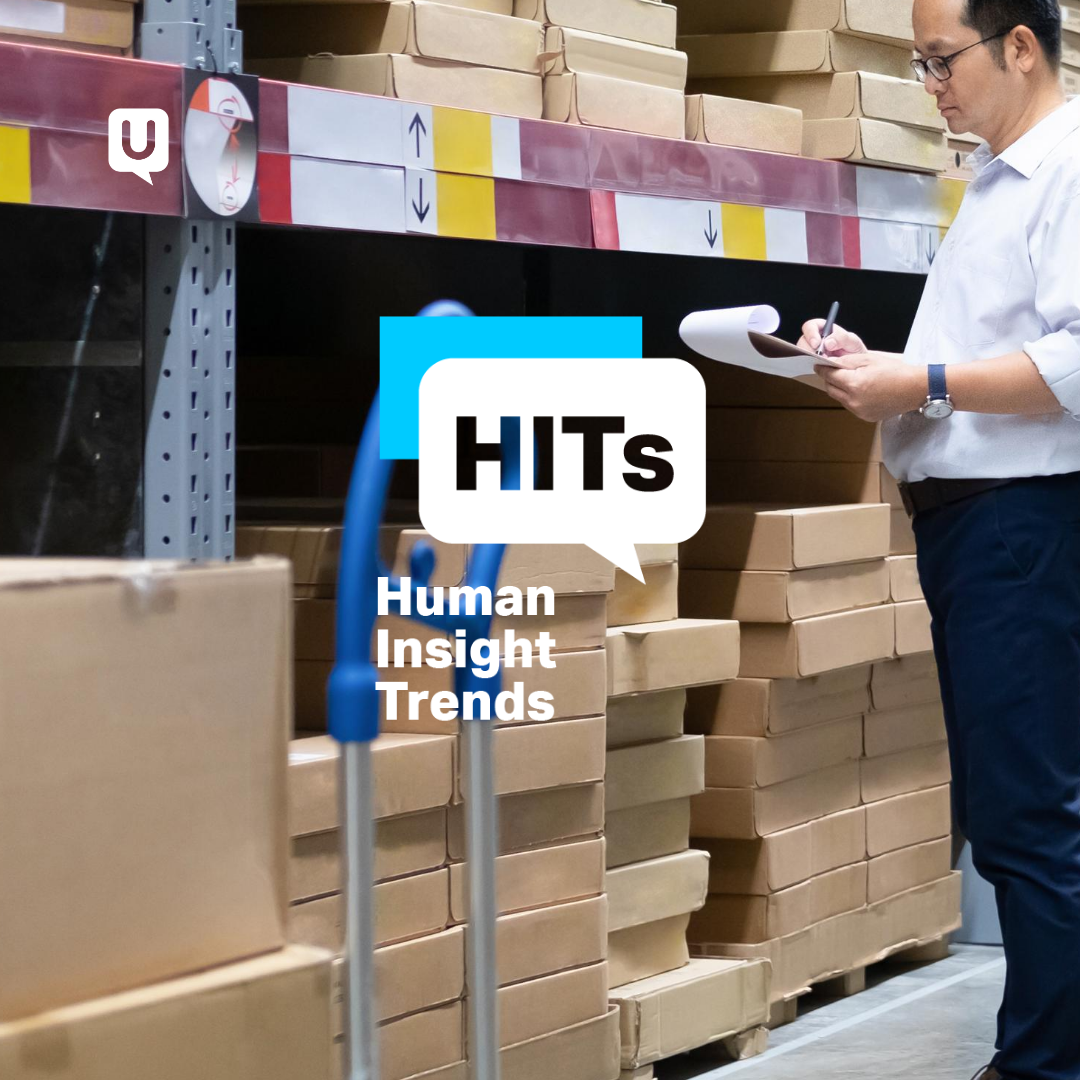
COVID-19 study series: B2B buyer behaviors

Welcome to UserTesting HITs, an ongoing series in which we share human insight trends (HITs) that we uncover from studies conducted by the UserTesting team. We hope you find these insights interesting and that they inspire you to conduct similar studies of your own!
What we did
B2B buyers are reconsidering their business approach to keep up with shifts in supply chains. And according to MediaPost, 55% have cut their budgets and 24% have cut existing vendors. We spoke to business buyers in telecommunications manufacturing, IT hardware, automation, and ecommerce sectors across the US and UK to betterunderstand how they’ve altered their behaviors and strategies in light of the recent challenges posed by COVID-19.
What we learned
Key insights on B2B buyer behaviors
- Budget cuts mean B2B buyers are reducing spending and prioritizing essential products/services.
- Companies that supply mostly nonessential products/services are facing more significant impacts
- Revenue dips may impact how much buyers can buy. As consumers are cutting budgets and spending less, buyers are having to adjust their spending with vendors.
- Buyers are less confident about updated stock availability and vendor transparency with regard to such availability.
- Changes in communicating value: Buyers are having to adjust how they communicate value to customers, relying more on building empathy and making sales remotely.
- An uncertain future: Lack of confidence in the future makes purchasing and manufacturing decisions harder.
Hear B2B buyers talk about their challenges during the pandemic
New challenges with B2B vendor-buyer relationships
- Digital stock inventories aren't updated in a timely fashion: Buyers often can't plan for vendors' diminishing product availability.
- Delayed, inaccurate, or sparse communication: Buyers expressed frustration about lack of communication and transparency with vendors or third-parties related to shipping delays and product availability.
- Buyers and vendors often have to negotiate for leniency and flexibility in the fulfillment of contract agreements. Due to supply chain issues and shipping delays, some vendors are unable to fulfill orders within contractual agreements.
- Vendor budget and staffing cuts: Reductions in staff have had tremendous effects on manufacturing, shipping, and distribution.
I just don't feel like vendors are on our side...
If things don't get better, it may result in the company reducing benefits, letting people go, [and] reducing marketing budget to save money.
How B2B buyers and vendors are preparing for the future
- Evaluating vendor value: As budgets continue to be cut, buyers want documentation, like scorecards, to evaluate value and encourage accountability.
- Anticipating a future of remote interactions: Buyer and vendors are finding new, innovative ways to provide solutions and engage with customers remotely, including webinars, online training, manufacturer-parter training, and more face-to-face video conferencing to build empathy when in-person interactions aren't possible.
- Turning to digital strategies and technology: Vendors and buyers are leaning into technology that makes traditional processes more efficient and maximizes CX.
- Transitioning to digital catalogs, providing real-time supply updates, and digital ordering along with integration of AV/AR capabilities.
- Aligning staffing strategies with safety protocols: In-person collaboration will be limited for some time, so buyer and vendors are preparing by staggering schedules for critical in-person work, and hiring an extra shift to offset staff decreases as more take time off due to COVID-19 concerns.
- Increasing communication: Faster communication and transparency will help improve accuracy and develop trust between buyers and vendors.
- Broadening the supply chain: When feasible, some companies are contracting with multiple suppliers (for the same item), across multiple geographies.
A lot that we do in our lab can be done in virtual environments—computer programs that simulate the environment.
Share your insights with us!
Have you conducted a similar study? Did these findings inspire you to run some experiments of your own? Insights are always best when shared, so share your biggest "a-ha" moments with us on Twitter with #RealHumanInsight.
In this Article

Get the latest UserTesting HITs
Get the latest UserTesting HITs





